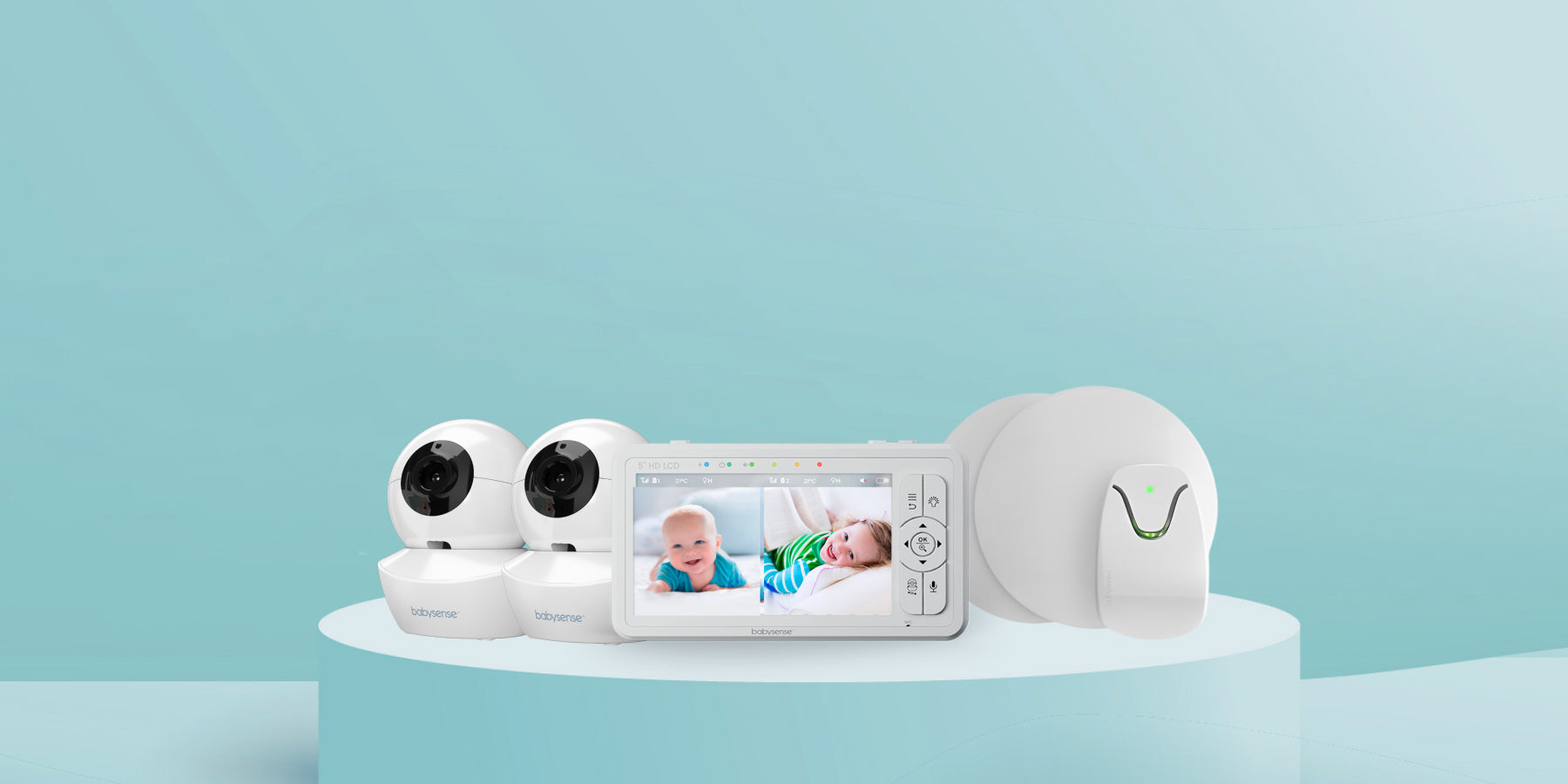The underlying principle when it comes to feeding is not which method you use to feed your baby, but that the choice is right for you both. Let’s start by discussing the two methods, breast- or bottle feeding, available for feeding your child.
Breast is best
In the young baby (under 6 months), from a nutritional point of view, breast is best. There is no better food for your baby than your own breast milk. The milk that you produce will always be right for your baby. Further benefits are:
- Breastfeeding until six months helps prevent allergies later on in baby’s life
- Breast milk is always the right temperature and is easily digested
- Breastfed babies seldom have problems with constipation or diarrhoea
- Breast milk doesn’t cost anything!
- Breast milk contains antibodies to boost her immune system
- Breast milk perfectly meets your baby’s nutritional needs
Tips for best breastfeeding
- Feed your baby in a quiet, calm environment
- Take an extra minute or two to get yourself organised before feeding your baby
- Find the most comfortable position in which to feed
- Make sure that your baby is latched onto the breast correctly, with both top and bottom lip in a snug seal around your nipple
- To release the suction on your beast so that you can take your nipple out of his mouth, insert your finger into the corner of his mouth and gently withdraw your nipple from his mouth
- Allow a maximum of 40 minutes per feed
- Breastfed babies often need a minute or two in between sucks to catch their breath
- Breastfeeding works on a supply and demand basis – the quantity of breast milk produced is directly related to how much your baby sucks
If breastfeeding doesn’t come naturally to you, and you are starting to feel rather desperate, remember that it takes up to six weeks to establish a feeding routine and corresponding milk supply. However, if your struggle with breastfeeding starts to affect your mood and bonding with your baby or relationship with your partner, stress you out or cause depression, it may be time to reconsider your options.
Making feeding time a soothing time
By getting in tune with your baby’s senses, you can meet her needs and avoid unnecessary fussing and crying. You’ll also have a more relaxed baby, whose needs are met.
“From the moment you lift your baby into your arms and throughout the feed, each one of his senses will be stimulated.
| TOUCH |
Your touch |
| HEARING |
Your voice and heartbeat |
| SIGHT |
Seeing and focusing on your face and what is around him |
| MOVEMENT |
Being lifted into the feeding position |
| SMELL |
The smell of your milk and ‘mother space’ |
| TASTE |
Whether the milk is sweet or sour, hot or cold |
| INTEROCEPTION |
The inner sensations of hunger, satiety and gas.” |
Follow these sensory guidelines to make feeding time a soothing sensory experience for both of you.
- Keep your baby’s sensory environment the same each feeding time
- Be cautious with any extra sensory input, like talking or touching. She needs to keep all her attention on sucking, swallowing and breathing
- As you alternate breasts when breastfeeding, alternate sides when bottle feeding. This ensures she gets equal sensory input on both sides of her body
- Keep your voice soothing and keep anxiety at bay when feeding
- “Don’t wear perfume for the first months of your baby’s life” as it could over stimulate him when you are feeding
- Watch how baby reacts to the taste of your milk. Garlic can change the taste of your milk, so cut that out, or she may not like the taste of the formula you’re using
- If there’s too much stimulation at feeding time, your baby could react by not feeding well. Ensure a consistently quiet and calm environment at feeding
- If wind stimulates your baby’s senses during feeding so that he stops feeding, let him break wind and then carry on feeding
- Reciprocate your baby’s sensory signals. If she looks at you, return eye contact, but look away when she looks away to allow her ‘sensory space’ to focus on feeding.
Option Two: hitting the right formula
If you have made the decision to start feeding your baby formula, or have been forced to do so because of medication you are taking or a return to work, rest assured that with today’s wide choice of milk formulas… you can ensure that your baby will be well fed.
Infant formulas today are highly advanced and are available as hypo-allergenic, lactose-free, cow’s milk protein-free, anti-reflux, soya bean protein feeds and pre-acidified – among others! Ask your paediatrician or clinic sister to help you choose.
The right formula
Follow these guides for successful bottle feeding.
- Don’t give cow’s milk to children under one year old. It contains too little iron and the Vitamins A,C and D. It’s also difficult to digest and too high in sodium
- It may take a few formula changes before you find the one that is best for your baby. Try a new formula for at least 48 hours before changing to another.
- If your family has a strong history of allergies, take this into consideration when choosing a formula
- Follow the manufacturers preparation instructions perfectly. Sterilise all your bottles and teats.
- When bottle feeding, hold your baby close to you as though breastfeeding. This will facilitate skin-to-skin contact, and allow her to feel your face and neck
- Allow a maximum of 40 minutes per feed
- If you can hear your baby gulping the formula, she’s probably drinking too fast and this could cause cramps and wind. Adjust the flow by changing the teat or adjusting the bottle angle
The right amount of formula
In Baby Sense, we advocate the following calculation:
150ml milk per kilogram of the baby’s body weight, divided by the number of feeds you are giving in 24 hours. So if your baby weighs 5kg, and you feed him six times in 24 hours:
5 x 150 = 750ml / 6 = 125ml per feed.
This is a guideline only. Some really hungry babies demand 200ml per kilogram of their body weight, while others may do well on 120ml per kilogram of body weight. If he… still looks hungry… try an extra 25ml… and see how he reacts.”
Your baby will experience growth spurts at around two weeks, six to eight weeks, and 12 to 14 weeks. These spurts will last for 24 to 48 hours, during which time they’ll be grumpy, restless and feed more often. Once you’ve ruled out other factors, just feed your little one more and know that it will soon pass.
By Sr. Ann Richardson





